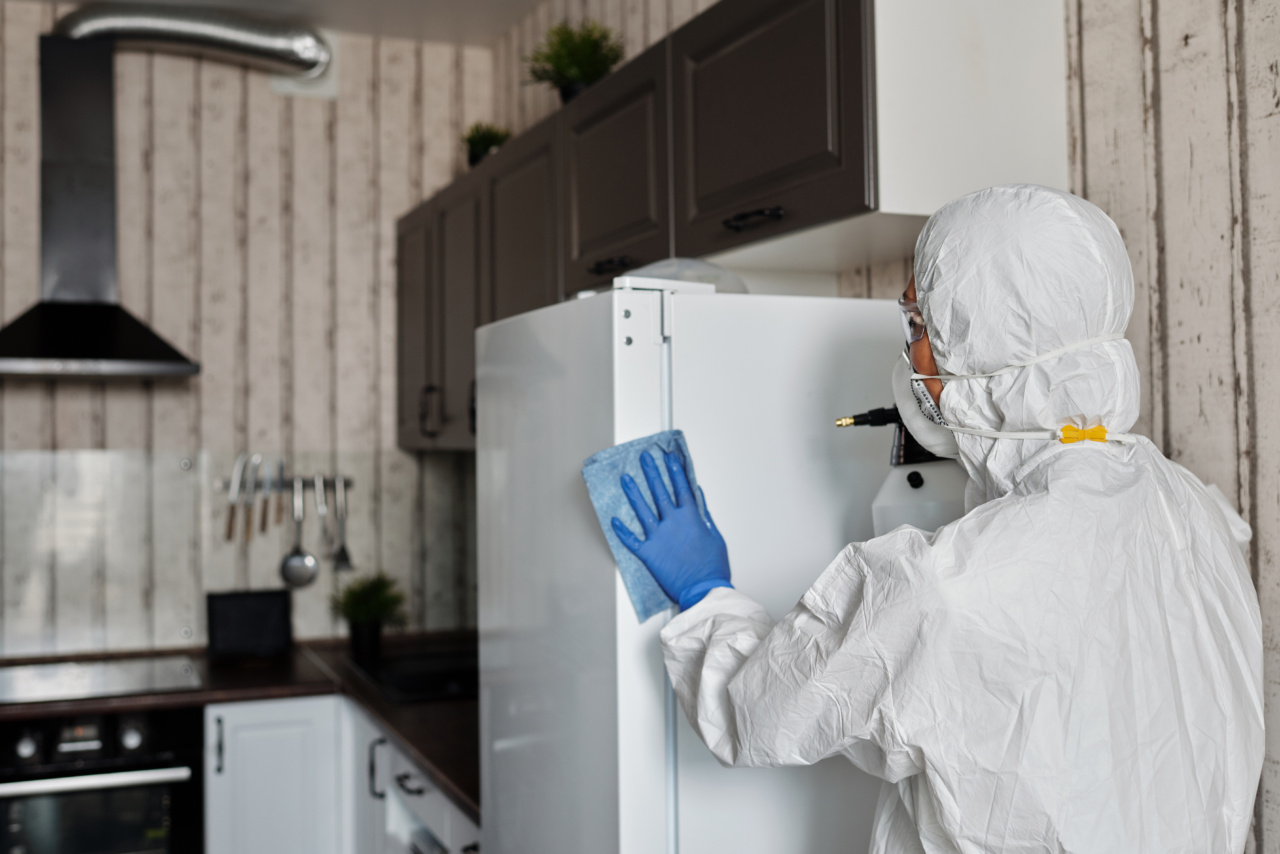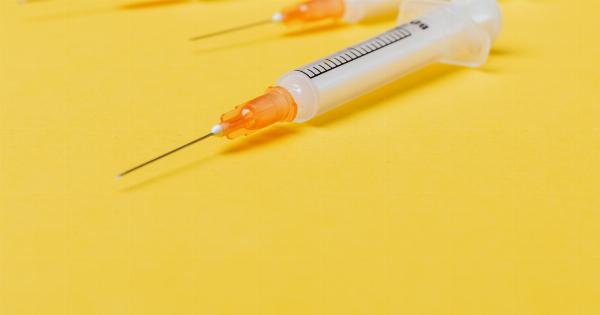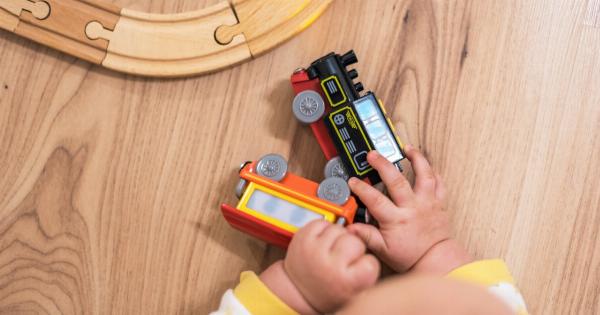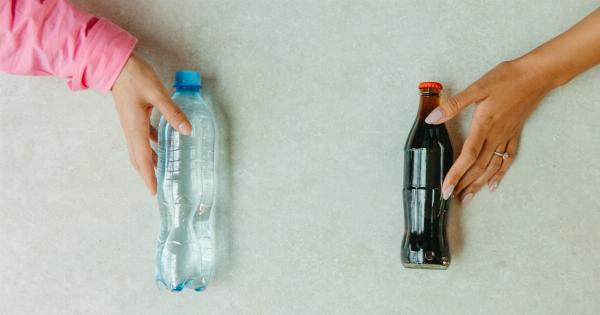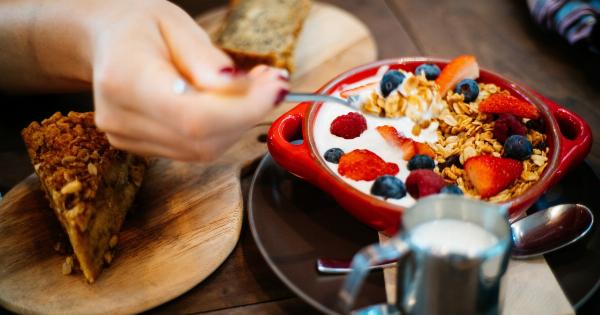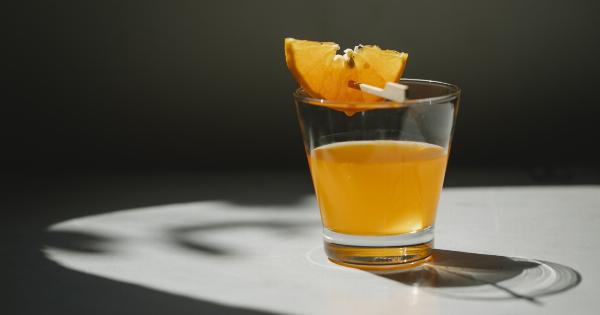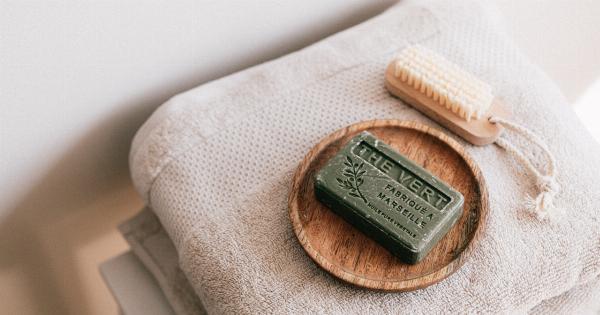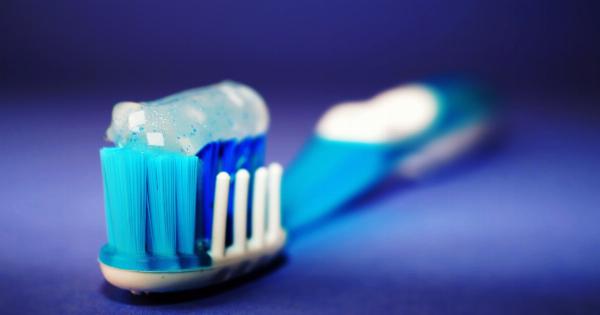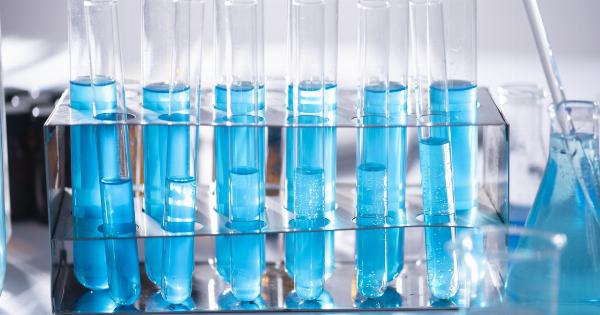Parents often find themselves in situations where they need to clean their child’s pacifier quickly and conveniently. One common approach is to use their own mouth to clean the pacifier.
But, does this practice actually pass on bacteria to the child? In this article, we will explore the potential risks and benefits of cleaning a pacifier with your mouth, and provide recommendations for a safer alternative.
The Role of Bacteria in Our Mouths
Bacteria play a significant role in our oral health. While there are both beneficial and harmful bacteria present in our mouths, it’s important to maintain a balance to avoid oral health problems.
Each time we eat or drink, these bacteria can be transferred to our child’s pacifier if we clean it with our mouth.
The Myth of Cleaning with Mouth
Some parents believe that by cleaning their child’s pacifier with their mouth, they are exposing them to the same bacteria that inhabit their own mouths.
This is based on the idea that a child’s immune system can benefit from being exposed to a variety of bacteria early on in life. However, this theory is not supported by scientific evidence.
Transfer of Bacteria
Research has shown that the transfer of bacteria from parent to child through pacifier cleaning with the mouth is a reality.
A study conducted at the University of Otago in New Zealand found that parents who cleaned their child’s pacifier with their mouth had a higher abundance of harmful bacteria in their saliva, which was then transferred to the pacifier. This could potentially increase the risk of infections in the child.
Health Risks
Cleaning a pacifier with your mouth may expose your child to certain health risks.
Harmful bacteria, such as Streptococcus mutans or Candida albicans, can be present in an adult’s mouth and could lead to oral health issues or infections in the child. Additionally, viruses or other pathogens may also be transferred, increasing the risk of illness.
Positive Aspects of Cleaning Pacifiers with the Mouth
While there are potential health risks associated with cleaning a pacifier with your mouth, some advocates argue that this practice may have certain benefits.
Proponents suggest that exposing children to diverse bacteria early in life may help to strengthen their immune systems and reduce the likelihood of developing allergies or asthma. However, more research is needed to support these claims.
Alternative Methods of Pacifier Cleaning
Given the potential risks involved in using your mouth to clean a pacifier, it is advisable to consider alternative cleaning methods. Here are a few safe and effective options:.
- Boiling: Boil the pacifier in water for a few minutes to kill any bacteria or viruses. Remember to allow it to cool down before giving it to your child to avoid burns.
- Sanitizing solution: Use a pacifier sanitizing solution or tablet specifically designed for cleaning pacifiers. These solutions effectively eliminate bacteria and viruses.
- Warm soapy water: Wash the pacifier thoroughly with warm, soapy water. Rinse it well before giving it to your child. Ensure that the soap is safe for your child’s age group.
Cleaning Pacifier: Best Practices
To ensure the pacifier remains clean and safe for your child’s use, follow these best practices:.
- Inspect the pacifier for any visible signs of damage before cleaning it.
- Always wash your hands thoroughly before handling pacifiers.
- Clean the pacifier regularly, even if it has not been dropped or visibly soiled.
- Store pacifiers in a clean, dry container when not in use.
Conclusion
While the practice of cleaning a pacifier with your mouth may have some potential benefits, the risks outweigh the advantages.
By transferring bacteria from your mouth to the pacifier, you might expose your child to harmful pathogens and increase the risk of infections. It is advisable to utilize alternative cleaning methods such as boiling, using sanitizing solutions, or washing with warm soapy water.
By prioritizing your child’s health and hygiene, you can ensure that their pacifier remains a safe and clean object.
